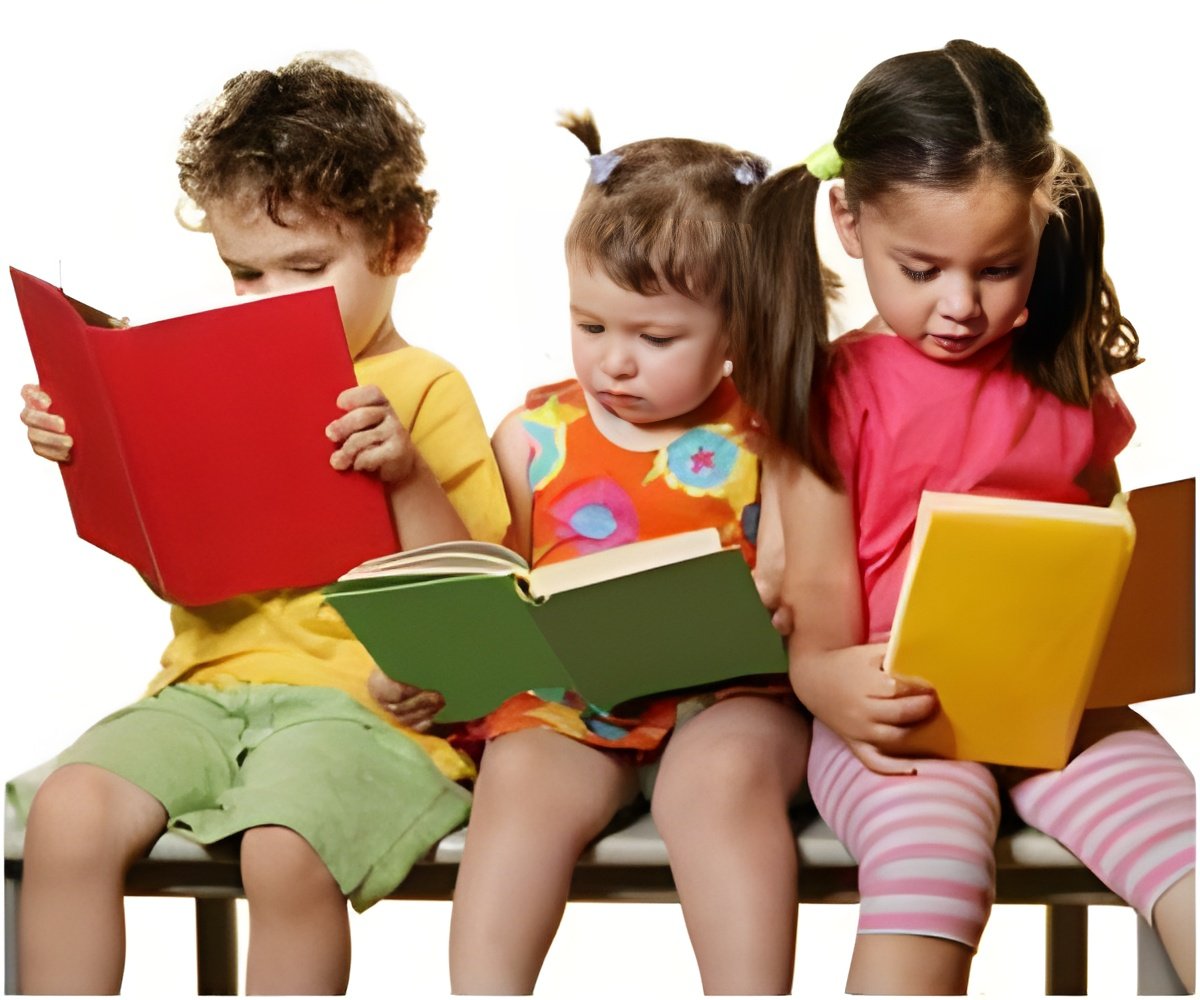Researchers found that storybooks that taught gender stereotypes to children based on adult judgments also tended to be biased when we used this automated method.

‘The gender associations that emerge in adulthood begin to appear in the statistics of children’s texts and could potentially be learnable from exposure to children’s books.’





Children’s interactions with and observations of adults have been cited as the sources of these beliefs. However, the new study examines a different, potentially underrecognized source of gender stereotypes – popular children storybooks.“We found that many popular children’s books often read to young children, like Curious George and Amelia Bedelia, contain rich information about gender that is presented in subtle ways,” said Molly Lewis, a researcher with the Department of Psychology at Carnegie Mellon University and lead author of the study.
Previous research on children’s books and gender stereotypes has relied mostly on content analysis. Researchers took a different approach.
They collected a corpus of 247 books commonly read to children ages 5 and under and asked adults to rate on a 5-point scale how strongly the words in the books’ text were associated with masculinity and femininity. An overall gender bias score was calculated for each book.
Books with the highest feminine-bias scores included Chrysanthemum, Brave Irene, and Amelia Bedelia, according to the study.
Advertisement
Researchers also used “word embeddings,” a machine learning method, to measure words’ gender associations beyond the adults’ ratings.
Advertisement
The analysis showed that children’s books vary widely in the number of gender associations they contain, from strongly male to strongly female.
These findings are important because it suggests that some of the gender associations that emerge in adulthood begin to appear in the statistics of children’s texts and could potentially be learnable from exposure to children’s books.
Machine learning was also used to examine whether gender stereotypes that social psychologists have uncovered in past behavioral experiments also appeared in children’s books.
It showed another unexpected result that children tended to be exposed to books that conveyed gender stereotypes about their gender—girls tended to be read books about girl characters; boys tended to be read books about boy characters.
One unanswered question the research identified is how children learn stereotypes about other genders when they’re more commonly read books with stereotypes of their gender.
The researchers suggest that children garner this information from media depictions and personal interactions. And, since many kids receive more information about their gender, they may have “less precise intuitions” about the stereotypes of other genders.
Overall, there were more female biases across the corpus than male biases. However, the research also revealed that gender portrayals varied across the books studied.
One implication of this study is that parents may be able to influence children’s development of beliefs about gender through their choice of books.
An encouraging finding is that not all storybooks contain gender stereotypes and some feature gender information that contradicts stereotypes.
However, more recently published books were more likely to have female main characters and main characters without obvious gender associations.
Source-Medindia









